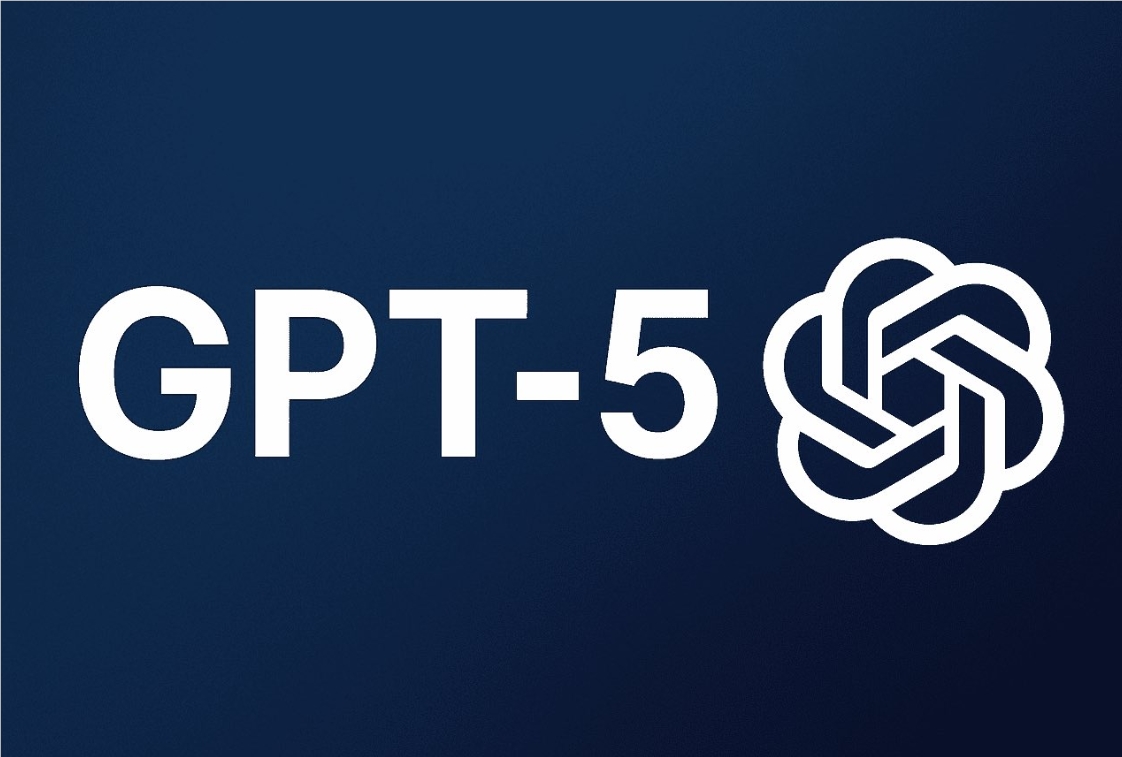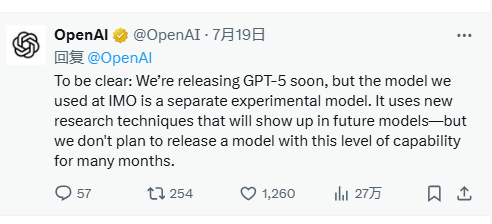GPT-5: Release Date, Features, and Industry Impact
GPT-5: What We Know So Far
As the AI race heats up, OpenAI's GPT-5 has emerged as one of the most anticipated releases in artificial intelligence. Slated for a mid-to-late 2025 launch, this next-generation model aims to push the boundaries of what AI can achieve. Here’s a comprehensive look at its development, features, and potential impact.

Release Timeline and Challenges
According to OpenAI CEO Sam Altman, GPT-5 is on track for a release around August 2025 or later, following the rollout of GPT-4.5 (codenamed Orion) earlier this year. However, technical hurdles—such as a $500 million training cost and the need for massive data centers—could delay its debut. Internal shifts at OpenAI, including executive departures, add further uncertainty.

Technical Specifications
Parameter Scale
- GPT-5 may feature 3 to 50 trillion parameters, dwarfing GPT-4’s 1.5 trillion.
- Training could involve 20,000 NVIDIA GB200 chips or 150,000 H100 chips, enabling models with up to 80 trillion parameters.
Architectural Innovations
- A unified architecture combining GPT and o-series models (e.g., o1, o3).
- Potential integration of graph neural networks (GNN) for better contextual understanding.
Training Data
- Expanded datasets including public web data, proprietary corporate data, and synthetic inputs.
- Risks of "hallucinations" due to synthetic data feedback loops remain a concern.
Key Features
- Multimodal Mastery: Supports text, images, voice, and video—potentially leveraging OpenAI’s SORA for text-to-video generation.
- Advanced Reasoning: Improved chain-of-thought (COT) capabilities for complex problem-solving in coding and science.
- Extended Context: Up to 5 million tokens, enabling processing of entire books or large datasets.
- Reduced Hallucinations: Target hallucination rate below 10%, boosting reliability.
- Autonomous Agents: Task automation for emails, scheduling, and shopping.
- Canvas Workspace: Enhanced tools for coding and step-by-step workflows.
Industry Applications
- Software Development: Outperforms rivals like Claude 4 Sonnet in code generation/debugging.
- Scientific Research: Accelerates analysis in math, physics, and biology.
- Business Productivity: Streamlines customer service and content creation.
- Education & Healthcare: Personalizes learning and improves patient interactions.
Challenges Ahead
- Cost Barriers: High training expenses may limit scalability.
- Ethical Risks: Potential misuse for misinformation or deepfakes.
- Competition: Pressure from Google’s Gemini, Anthropic’s Claude, and Meta’s LLaMA.
Community Reactions
Early testers praise GPT-5’s coding prowess but worry about pricing models akin to Claude’s controversial Code Max plan. Developers on platforms like X highlight its superiority in software engineering tasks but await clarity on accessibility.
Key Points
- 🚀 Expected launch: Mid-to-late 2025 (possibly delayed).
- 💡 Features: Multimodal support, 5M-token context window, autonomous agents.
- ⚙️ Tech: Up to 50T parameters; GNN integration possible.
- 🏢 Impact: Revolutionizes coding, research, and business automation. – ⚠️ Challenges: Costly training ethics concerns competitive pressure.